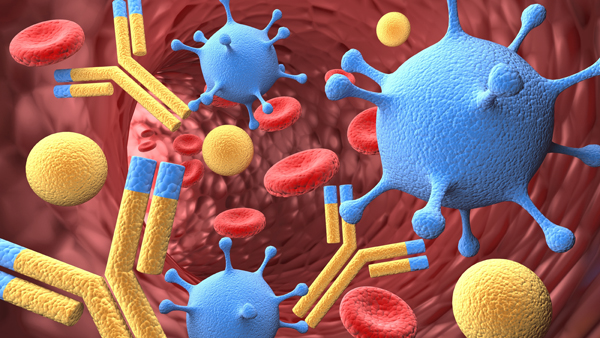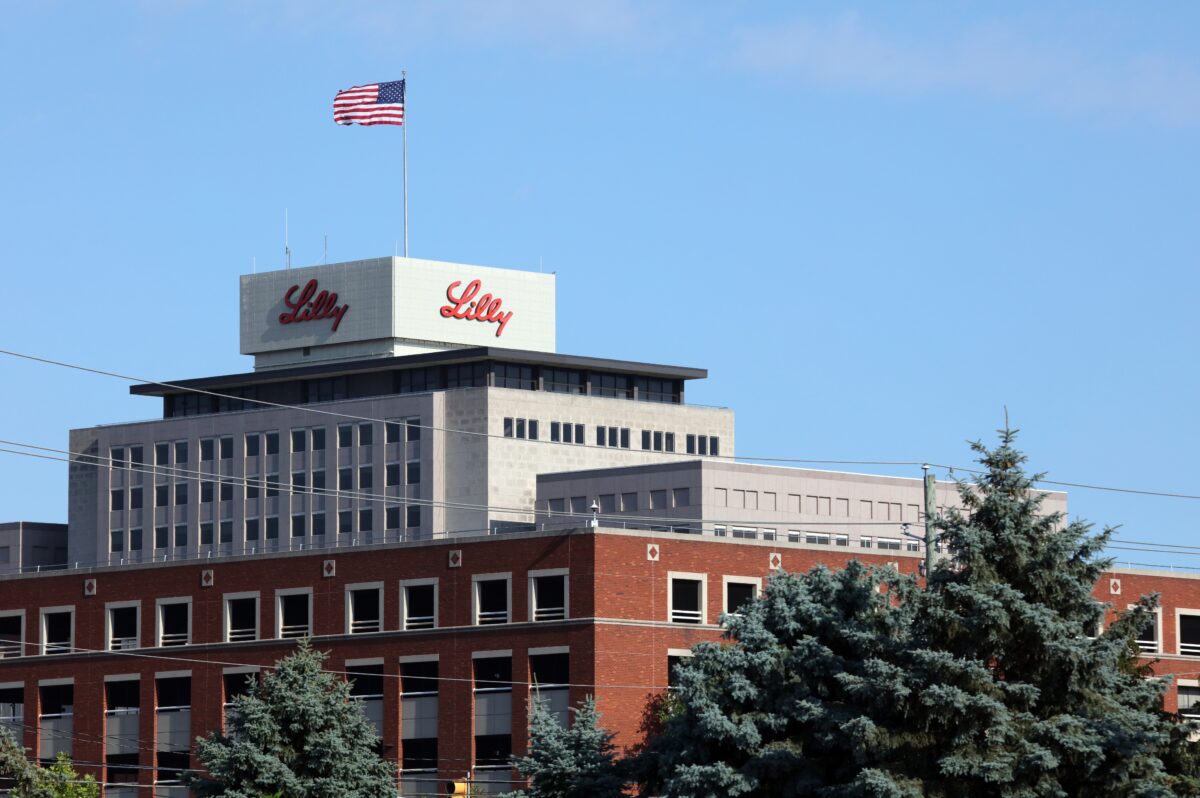For the first time, a one-year-old patient with acute lymphoblastic leukemia has been successfully treated using gene editing. The patient’s doctors at Great Ormond Street Hospital in London, were given permission to use the experimental gene editing therapy – which uses genetically altered donated immune cells – when all other treatment options failed.
Within a month of receiving the treatment, all of the cancerous cells in their patient’s bone marrow has been killed. Though the team of doctors that used the therapy stress that the patient is not yet cured, her outcome is already much better than predicted.
Gene editing works by removing immune cells from the patient’s body – known as T-cells – modifying them to detect and attack cancer cells, and then reintroducing them back into the patient. While human clinical trials to test the safety and efficacy of the treatment are currently being conducted around the world, this was the first case where the technique was successfully used outside of the trial setting.
Currently, some clinical trials are modifying the immune cells by adding a gene for the CAR19 receptor – a protein that is displayed on the outside of the T-cell which programs it to target cancer cells displaying the CD19 protein on their cell membrane. Cancerous cells displaying the CD19 protein are indicative of acute lymphoblastic leukemia.
In the case of the current patient, she had too few T-cells left for modification, so the doctors took a different approach. T-cells collected from a healthy donor were modified using the gene editing technique to prevent rejection by the patient’s immune system.
Historically, gene therapy has been limited by the ability to add – but not subtract – genes using genetic engineering approaches. With gene editing, so-called ‘molecular scissors’ – called TALEN proteins – are used to introduce mutations that can effectively silence a gene.
Before the T-cells – which were developed by Waseem Qasim and other researchers at University College London in collaboration with New York-based biotechnology company Cellectis – were used in the pediatric patient, they had only ever been tested in mice. Gene editing has only ever been used to treat patients once before – in a trial with HIV patients – however these patients were not as sick as the one-year-old patient treated here.
According to her doctors, the patient will need to be closely monitored for the next few years to ensure the cancer is gone “It is too early to say she is cured,” said Dr. Sujith Samarasinghe, a leukaemia specialist at the hospital.
Full clinical trials using Cellectis’ gene-edited T-cells are expected to commence in early 2016. In the meantime, other patients in the UK are currently receiving the experimental therapy.
“It’s incredibly encouraging,” said Qasim. “There are a whole bunch of other disorders we can now create fixes for.”
Sources:
- Gene editing saves girl dying from leukaemia in world first – https://www.newscientist.com/article/dn28454-gene-editing-saves-life-of-girl-dying-from-leukaemia-in-world-first/












Join or login to leave a comment
JOIN LOGIN